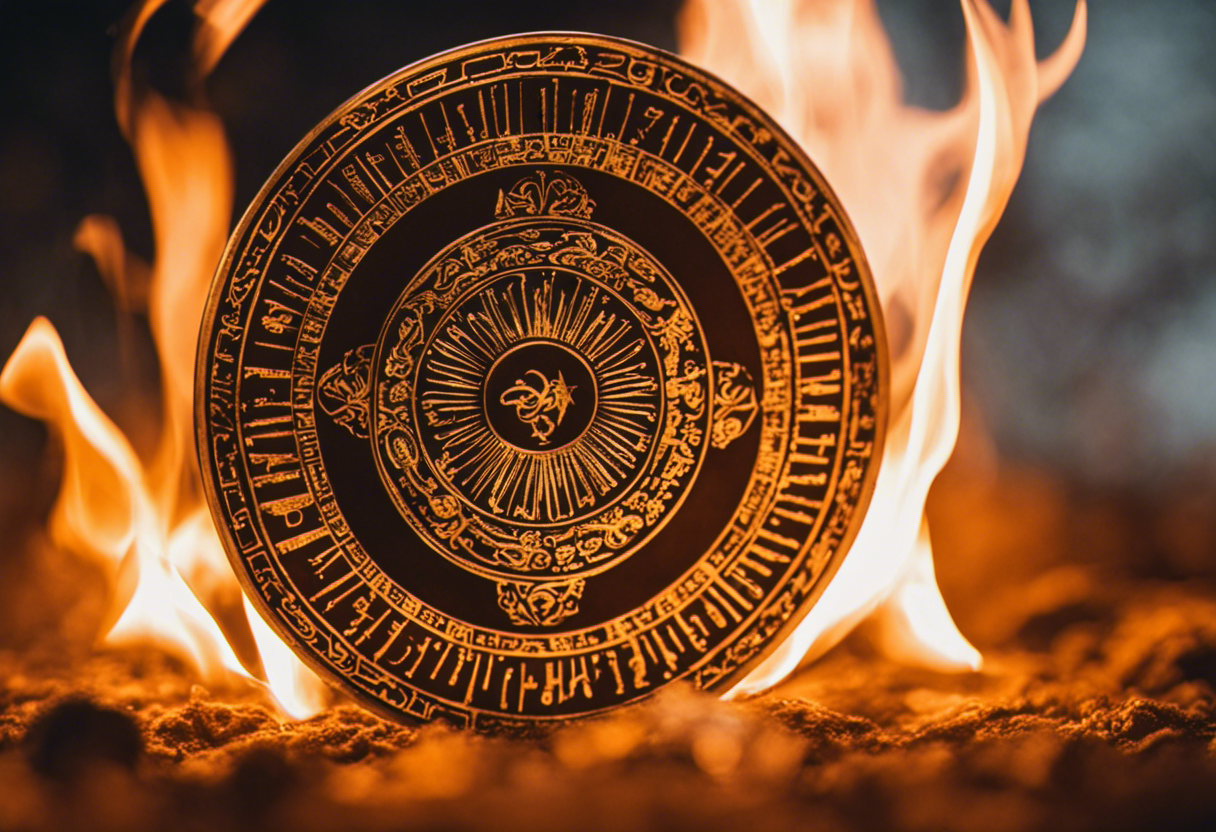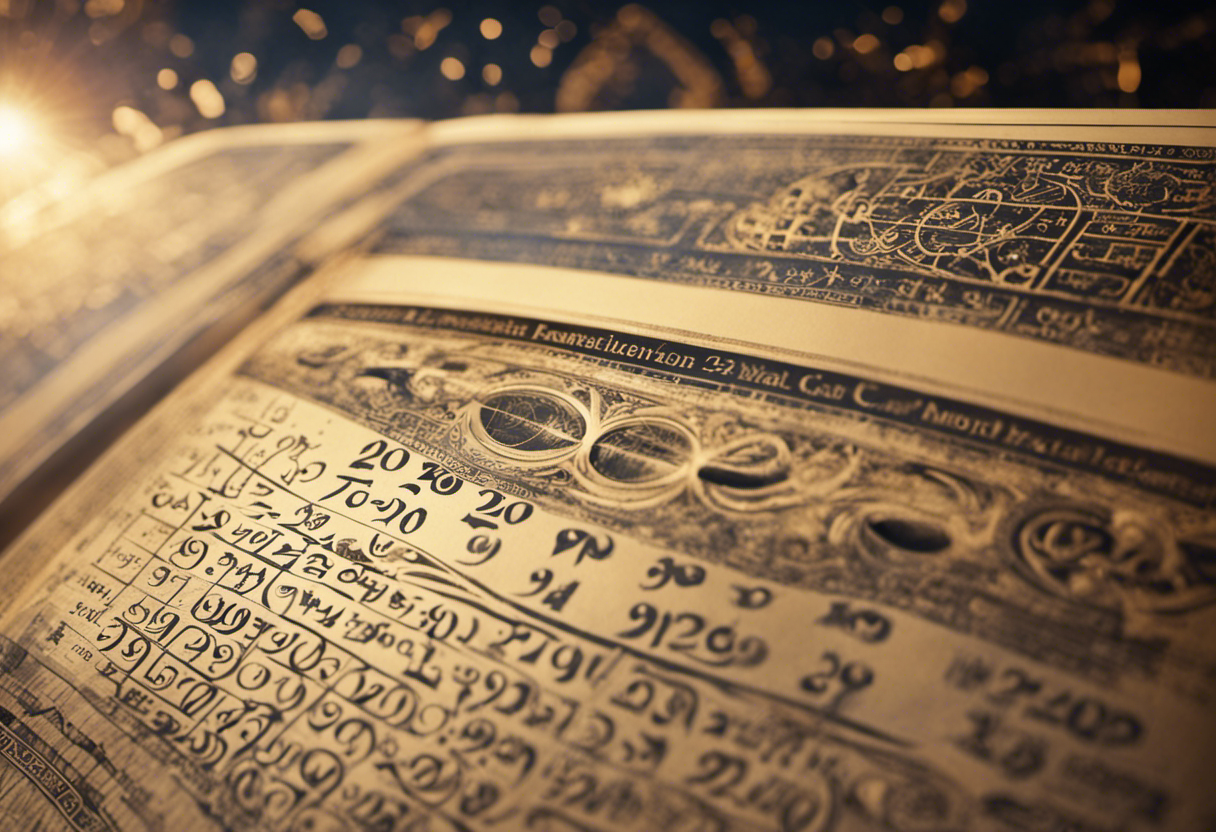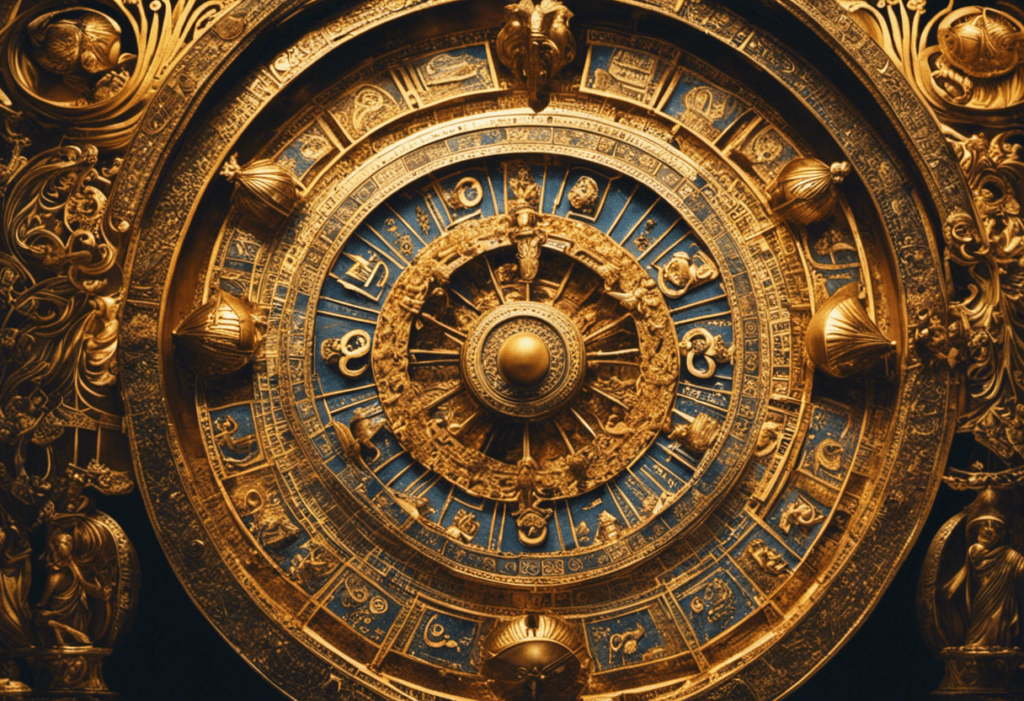Unveiling the intricacies of the Zoroastrian calendar, this article delves into the enigmatic realm of leap years. Exploring the nuanced calculations and profound significance behind the extra day, we unravel the tapestry of Zoroastrianism’s leap year tradition.
By comparing it to other calendars and examining its alignment with the faith’s core beliefs and practices, we gain a deeper understanding of the unique role played by this celestial phenomenon in the Zoroastrian community.
Join us on this scholarly journey into the workings of the Zoroastrian leap year.
Key Takeaways
- The Zoroastrian calendar is based on a solar system with twelve months, each consisting of thirty days.
- The calendar incorporates a leap year known as ‘Adar’ every four years to account for the extra quarter day in the solar year.
- The concept of a leap year in Zoroastrianism is based on a complex calculation that takes into account the movements of the sun and the moon.
- The leap year calculation for the Zoroastrian calendar involves a complex algorithm that ensures the accurate synchronization of celestial and solar cycles.
The Zoroastrian Calendar: An Introduction


The Zoroastrian calendar, with its unique intercalation system, is a fascinating subject for those interested in the history and culture of ancient Persia. The origins of the Zoroastrian calendar can be traced back to the prophet Zoroaster, who lived around the 6th century BCE. The calendar is based on a solar system with twelve months, each consisting of thirty days. However, to account for the extra quarter day in the solar year, the Zoroastrian calendar incorporates a leap year known as ‘Adar’ every four years.
The cultural celebrations associated with the Zoroastrian leap year are vibrant and joyous. The leap year is seen as a time of renewal and rebirth, as it marks the completion of a full cycle. It is also believed to be a time when the spiritual forces of good and evil align, making it an auspicious time for prayers and rituals. During the leap year, Zoroastrians gather in temples and homes to perform special ceremonies, offer prayers, and partake in feasts.
Overall, the Zoroastrian calendar offers a glimpse into the rich cultural heritage of ancient Persia. Its unique intercalation system and the cultural celebrations associated with the leap year make it an intriguing subject for those interested in understanding the history and traditions of Zoroastrianism.
The Concept of Leap Year in Zoroastrianism


In Zoroastrianism, the concept of a leap year is based on a complex calculation that takes into account the movements of the sun and the moon.
The calendar used by Zoroastrians consists of 12 months of 30 days each, with an additional month added every four years to account for the extra time it takes for the Earth to orbit the sun.
This extra month, known as ‘Adar II,’ ensures that the calendar remains in sync with the solar year and maintains the accuracy of important religious festivals and observances.
Leap Year Calculation
Leap Year Calculation for the Zoroastrian calendar involves a complex algorithm that ensures the accurate synchronization of celestial and solar cycles. The Zoroastrian leap year tradition follows a specific formula that takes into account both the length of the solar year and the celestial events.
Here is how the leap year calculation works:
- The Zoroastrian calendar is based on the solar year, which consists of 365 days.
- To compensate for the extra fraction of a day, the leap year formula adds an extra month every four years.
- This additional month, known as ‘Adar,’ is inserted after the month of Esfand.
- The leap year calculation also considers the vernal equinox, ensuring that it falls within the month of Esfand.
Significance of Extra Day
Our understanding of the significance of the extra day in the Zoroastrian leap year is crucial in comprehending the intricacies of the calendar system.
The Zoroastrian calendar follows a solar-based system, consisting of 12 months of 30 days each, with an additional 5 or 6 intercalary days, depending on whether it is a leap year or not.
The importance of the extra day lies in its ability to ensure that the calendar remains synchronized with the solar year. This synchronization is vital for the Zoroastrian community, as it helps in determining the dates of important festivals and religious observances.
Furthermore, the inclusion of the extra day in the leap year is deeply rooted in Zoroastrian traditions and serves to maintain the cultural and religious practices associated with the calendar.
Overall, understanding the significance of the extra day is essential for comprehending the importance and traditions of the Zoroastrian calendar system.
Understanding the Calculation of Leap Year in Zoroastrian Calendar


The calculation of leap year within the Zoroastrian calendar involves intricate algorithms and precise astronomical observations. This ancient calendar system, used by followers of the Zoroastrian faith, has its own unique traditions and historical origins for determining leap years.
The Zoroastrian leap year traditions are deeply rooted in their religious beliefs. They follow a solar calendar with 12 months of 30 days each, plus an intercalary month called ‘Adar’ inserted every four years.
The historical origins of leap year in Zoroastrianism can be traced back to the time when the calendar was first established. The ancient Zoroastrian priests, known as Magi, were skilled astronomers and mathematicians who devised a complex algorithm to synchronize the calendar with the solar year.
The algorithm used in the Zoroastrian calendar takes into account the Earth’s orbit around the Sun and the precise length of a tropical year. By incorporating these astronomical observations, the leap year is accurately determined, ensuring that the calendar remains aligned with the natural cycles of the seasons.
The calculation of leap year in the Zoroastrian calendar showcases the wisdom and knowledge of the ancient Zoroastrian priests. It is a testament to their profound understanding of astronomy and their commitment to preserving the integrity of their religious calendar.
The Significance of the Extra Day in the Zoroastrian Leap Year


Moreover, the presence of an additional day in the Zoroastrian leap year holds immense cultural and spiritual importance within the community. The role of astrology in the Zoroastrian leap year is significant, as it plays a crucial part in determining the timing and significance of this extra day. In Zoroastrianism, astrology is deeply intertwined with religious practices, and the leap year is no exception.
During the Zoroastrian leap year, cultural traditions are observed to mark this special occasion. One such tradition is the celebration of Gahambar, which is a series of six seasonal festivals that are observed throughout the year. The leap year provides an opportunity to celebrate an additional Gahambar festival, known as the ‘Leap Year Gahambar.’ This festival is a time for the community to come together, engage in prayer, and celebrate the abundance and blessings of the year.
In addition to religious and cultural traditions, the leap year also holds significance in terms of personal reflection and growth. It is believed that the extra day provides an opportunity for individuals to reflect on their actions, make amends, and set new intentions for the coming year. This period of introspection is seen as a chance for personal and spiritual renewal.
Comparing the Zoroastrian Leap Year With Other Calendars


While the Zoroastrian leap year follows a unique system, it is interesting to compare it with other calendars and understand the similarities and differences in their treatment of leap years. Leap years play a significant role in various religious calendars and societies around the world. Let’s explore the cultural significance of leap years in different societies:
-
Jewish Calendar: In the Jewish calendar, which follows a lunisolar system, a leap year occurs seven times in a 19-year cycle. This ensures that the lunar months align with the solar year, maintaining the accuracy of their religious festivals.
-
Islamic Calendar: The Islamic calendar, also known as the Hijri calendar, is purely lunar. However, instead of adding an extra day, they add an extra month every two to three years. This ensures that important Islamic festivals, such as Ramadan and Hajj, occur during the same season every year.
-
Chinese Calendar: The Chinese calendar is a lunisolar calendar that uses a leap month to synchronize lunar and solar cycles. This is done by adding an entire extra month in certain years. The leap month is added after the 6th or 7th month, depending on the year.
Comparing leap years in different religious calendars allows us to appreciate the diversity and complexity of timekeeping systems across cultures. These variations reflect the cultural and religious practices of each society, emphasizing the importance of maintaining accurate calendars for their religious observances.
How the Zoroastrian Leap Year Reflects the Faith’s Beliefs and Practices


Given the significance of leap years in various religious calendars, it is important to examine how the Zoroastrian leap year, with its unique system, reflects the beliefs and practices of the faith.
In Zoroastrianism, the leap year, known as ‘Adar,’ is intercalated every four or five years to align the solar and lunar cycles. This practice holds great cultural and religious significance for the Zoroastrian community.
The Zoroastrian leap year traditions involve the addition of a 30th day to the month of Esfand, which is the twelfth and final month of the Zoroastrian calendar. This extra day, known as ‘Adar,’ is inserted to ensure that the Zoroastrian calendar remains synchronized with the solar year. The intercalation process is based on precise astronomical calculations, which are performed by the religious authorities.
The cultural significance of the Zoroastrian leap year lies in its connection to the faith’s beliefs and practices. Zoroastrianism places a strong emphasis on maintaining harmony and balance in the natural world. By aligning the calendar with the solar year, the leap year ensures that the Zoroastrian community remains in harmony with the cosmic cycles. Additionally, the leap year serves as a reminder of the importance of periodic renewal and rejuvenation, both on a personal and spiritual level.
Conclusion
In conclusion, the leap year in the Zoroastrian calendar holds great significance within the faith’s beliefs and practices. It is calculated meticulously to maintain the alignment of the calendar with the solar year, ensuring the accurate observation of religious festivals and rituals.
By comparing it with other calendars, we can appreciate the unique aspects of the Zoroastrian leap year. Overall, this system reflects the deep-rooted traditions and devotion of the followers of Zoroastrianism.



